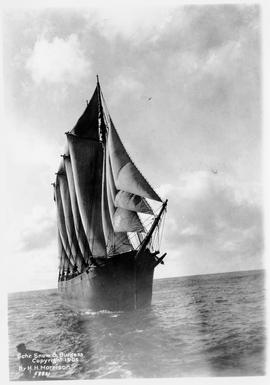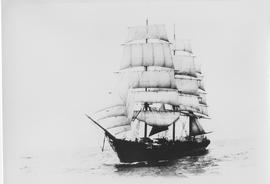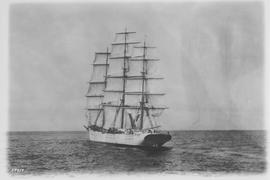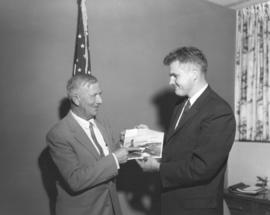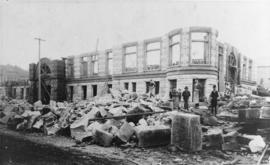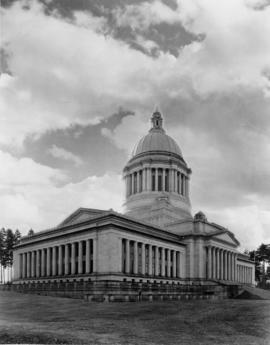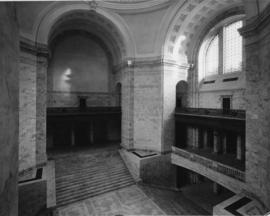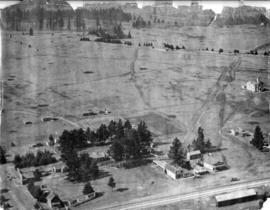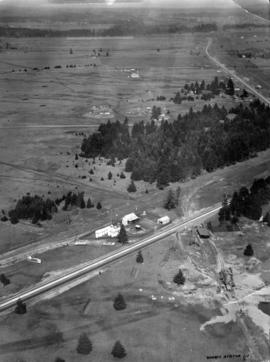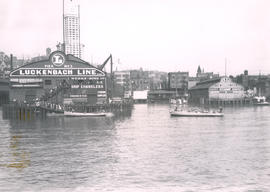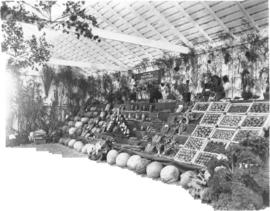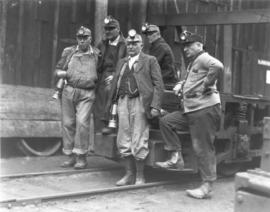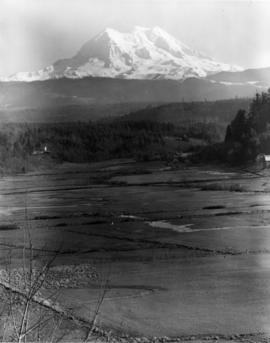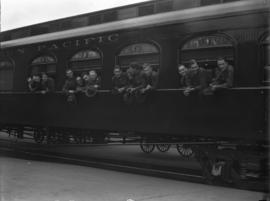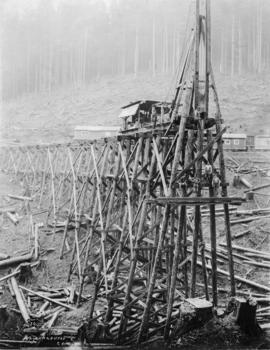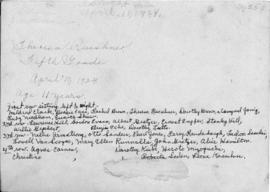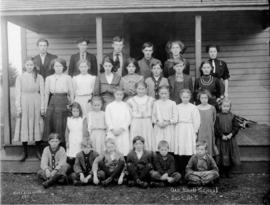ca. 1911. The student body of Oak Knoll School, District No. 5, posed for a group picture in 1911. Front row: Frank Otremba, John Dilley, Ed Patzke, _ Bevins, Waldo Smith, George Goymer. Second row: Laura Pflugmacher, Mildred Carter, Almira Kawelmacher, Irene Smith, Thelma Carter, Zelda Lenz, Evelyn Laverne and Ella Otremba. Third row: Edna Kawelmacher, Ida Smeiden, Minnie Patzke, Louise Laverne, Elizabeth Otremba, Fred Otremba, George Carter and Freida Jeschke. Fourth row (8th grade): Homer Hawk, John Pflugmacher, Oscar Lindahl, John Carter, Helen Dilley. Alexa McGilvary was the teacher. Oak Knoll School was located east of Roy on Harts Lake Loop Road. It was on the west side of 8th Avenue South, going toward the junction with 288th Street South.
Oak Knoll School; Students--1910-1920;




